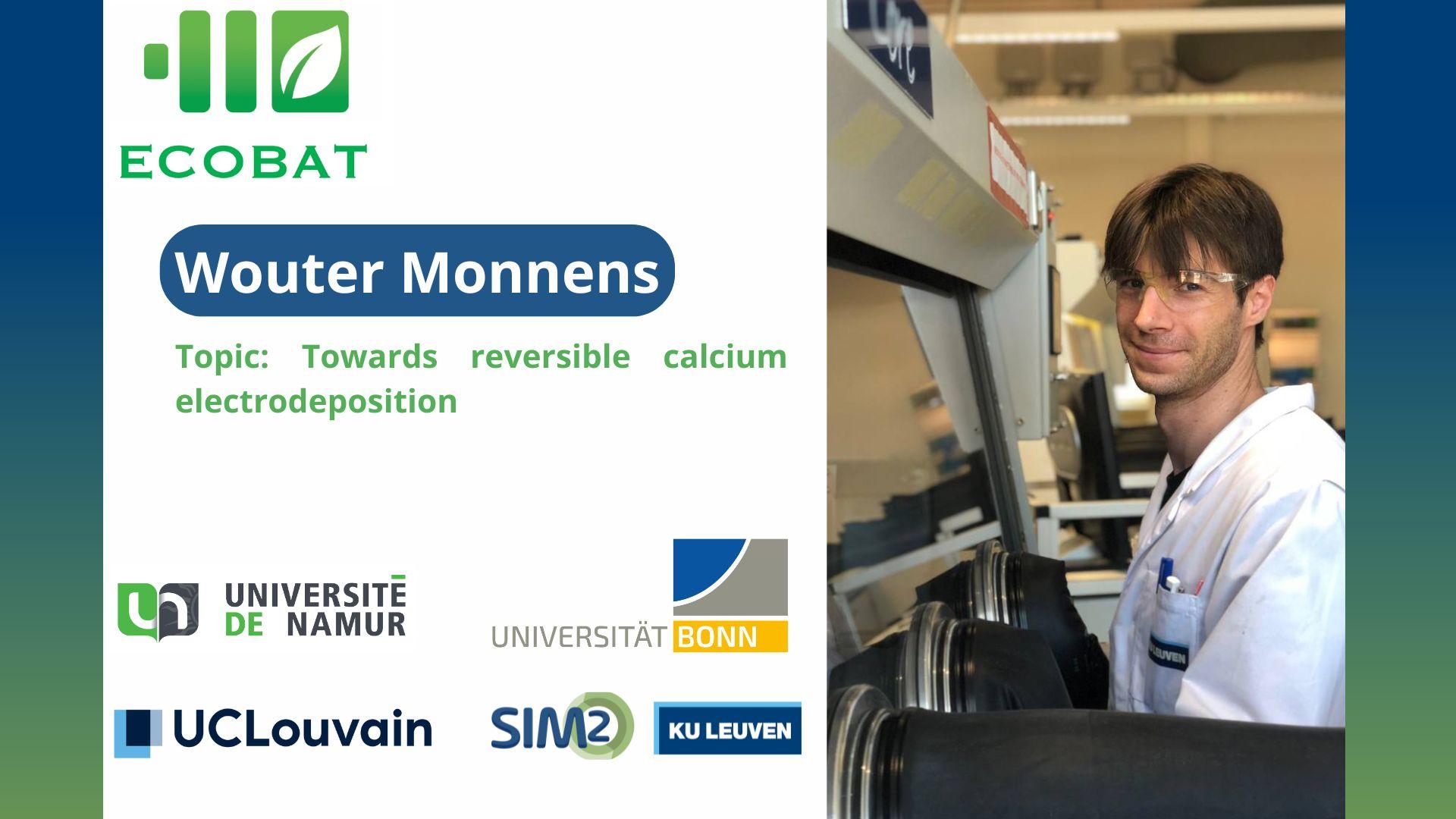In the framework of the European Training Network for Zero-Waste Valorisation of Bauxite Residue (REDMUD), the occurrence mode of selected rare-earths in post-processed bauxite residue was studied by KU Leuven and the National Technical University of Athens. The work is published in the Journal of Sustainable Metallurgy. (RMR/PTJ, Leuven 25/03/2019)
Effect of Bauxite Residue’s Alkalinity on REEs Recovery by Acid Leaching
The alkalinity of bauxite residue represents an important factor for metal recovery by acid leaching as it may lead to a large acid consumption and makes the recovery of metals economically impractical. The use of CO2 gas as an alternative neutralization reagent before metal extraction by acid leaching was previously investigated to diminish the acid consumption. The effect of neutralisation of bauxite residue with CO2 gas on the recovery of selected REEs from bauxite residue was investigated in two consecutive processes according to the diagram in Fig. 1: (1) neutralisation of bauxite residue slurry with CO2 gas, and (2) acid leaching of the neutralised bauxite residue with H2SO4. The changes in the chemical and mineralogical compositions of the bauxite residue after neutralization led to lower recovery of REEs during acid leaching compared to that from non-neutralised bauxite residue.
Electron Probe Microanalysis of Post-processed Bauxite Residue
In this paper, the mode of occurrence of selected REEs in neutralised–leached bauxite residue is investigated by electron probe microanalysis (EPMA). The REE-carrier minerals within the bauxite residue are discussed. A comparative analysis with the occurrence mode of the same elements in the untreated bauxite residue is presented. A theoretical framework for further processing of bauxite residue in view of enhanced REEs recovery is proposed. A comparative analysis for rare earth extraction from non-neutralised and neutralised bauxite residue has been developed to assess the technical viability of the proposed method.

Fig. 1: Flow sheet for neutralisation of bauxite residue by CO2, followed by metal recovery by leaching with H2SO4.
Full paper reference
R.M. Rivera, G. Ounoughene, A. Malfliet, J. Vind, D. Panias, V. Vassiliadou, K. Binnemans, T. Van Gerven. A study of the occurrence of selected rare-earth elements in neutralised-leached bauxite residue and comparison with untreated bauxite residue. Journal of Sustainable Metallurgy (2019). https://doi.org/10.1007/s40831-018-0206-0
Bio main author
 Rodolfo Marin Rivera is a postdoctoral researcher working with Prof. Tom Van Gerven in ProcESS at KU Leuven. He obtained his doctor degree from KU Leuven in January 2019. He is currently working on the synthesis of precipitated calcium carbonate from waste materials. Alongside with this project, his research interest focuses on three areas including valorisation of end-of-life consumer goods and industrial residues (1), mineralogical assessment to enhance the valorisation of critical metals (2), and intensification technologies for developing an alternative, greener recycling process for waste residues (3).
Rodolfo Marin Rivera is a postdoctoral researcher working with Prof. Tom Van Gerven in ProcESS at KU Leuven. He obtained his doctor degree from KU Leuven in January 2019. He is currently working on the synthesis of precipitated calcium carbonate from waste materials. Alongside with this project, his research interest focuses on three areas including valorisation of end-of-life consumer goods and industrial residues (1), mineralogical assessment to enhance the valorisation of critical metals (2), and intensification technologies for developing an alternative, greener recycling process for waste residues (3).
Acknowledgements
The research leading to these results has received funding from the European Community’s Horizon 2020 Programme under Grant Agreement number 636876 (REDMUD–H2020-MSCA-ITN-2014). Project website: etn.redmud.org.





